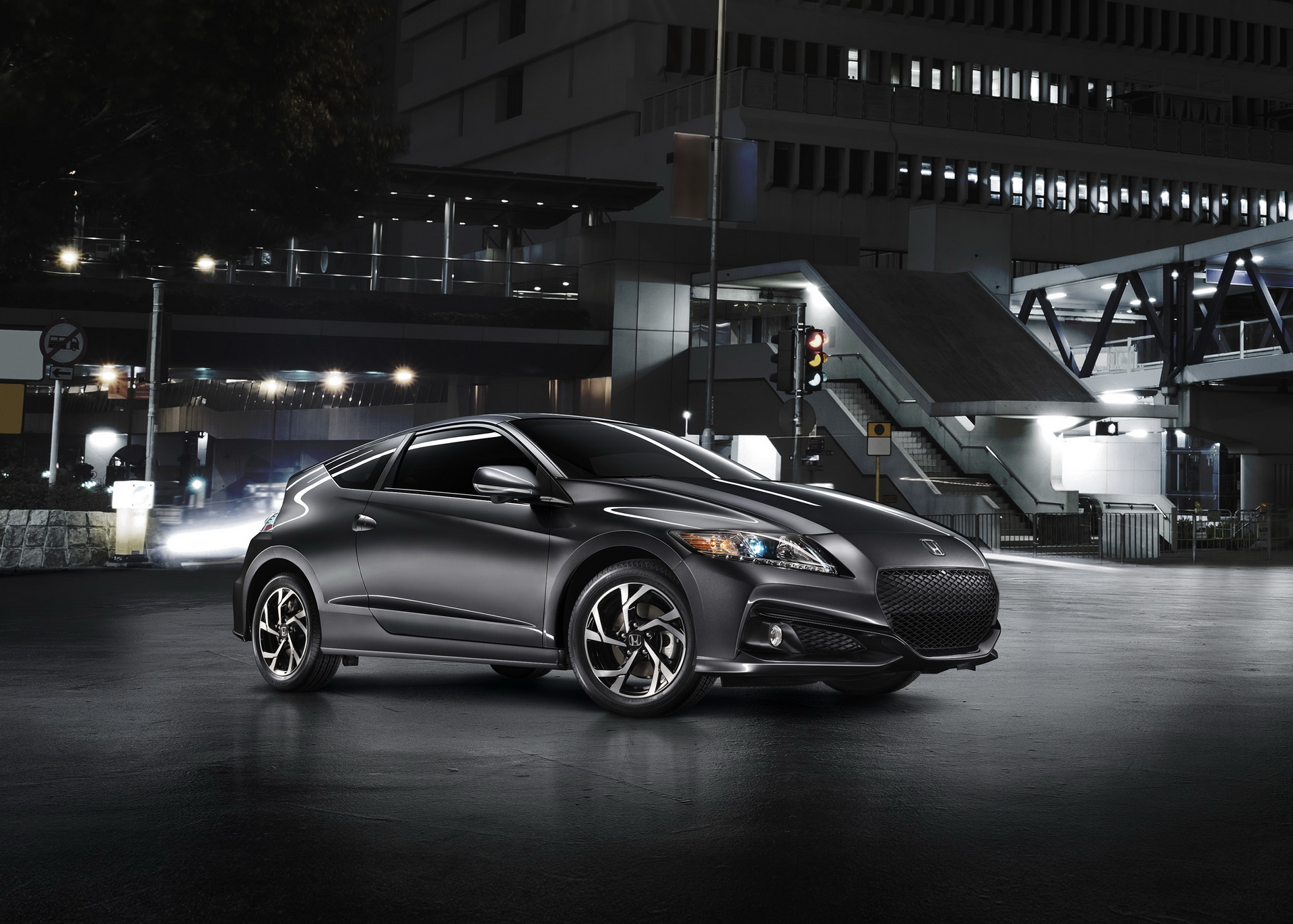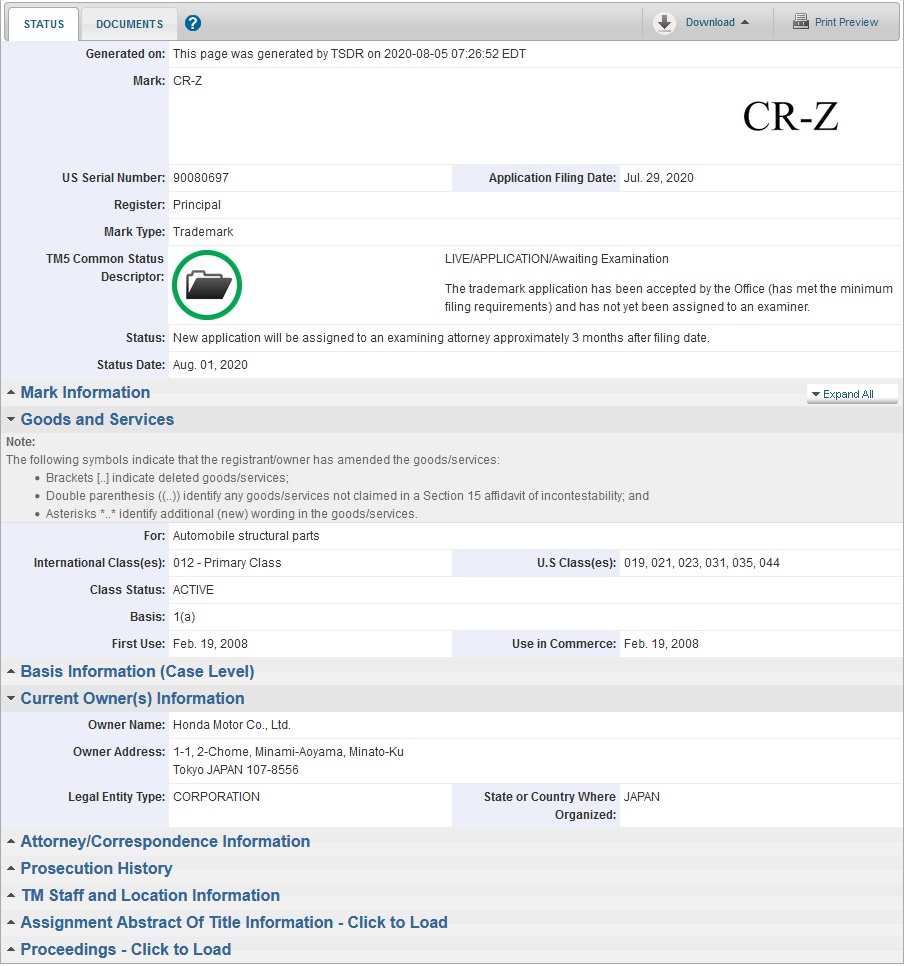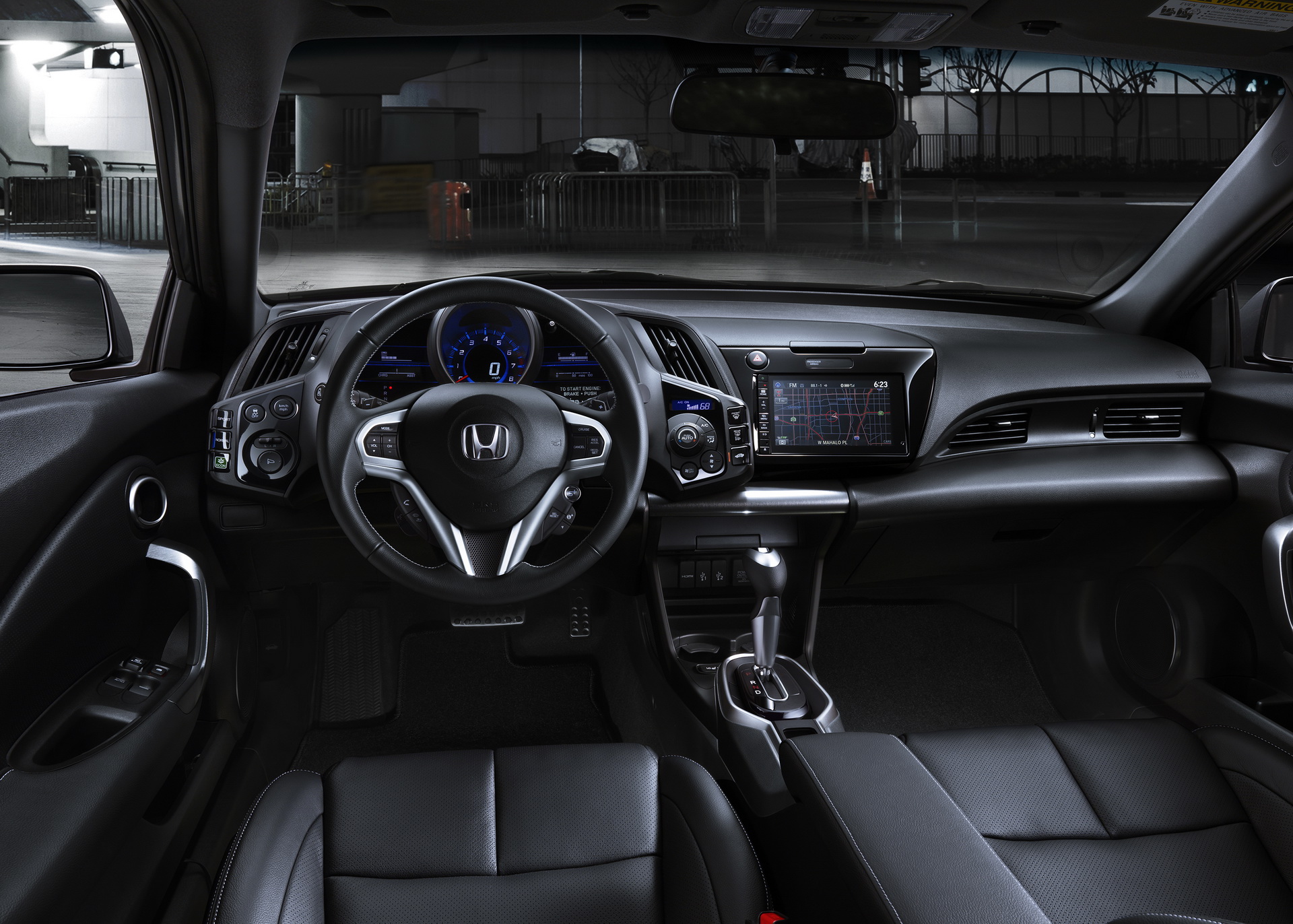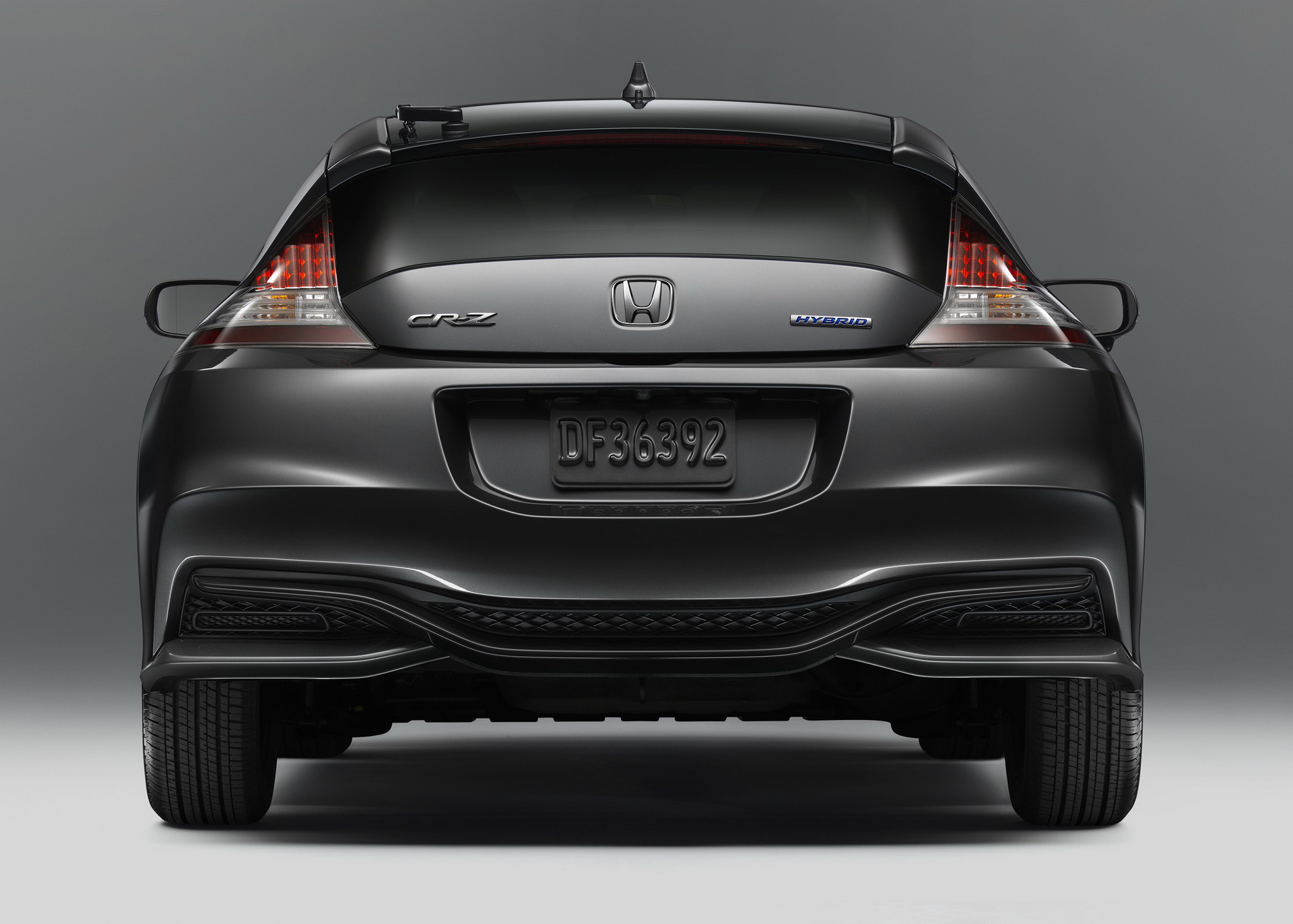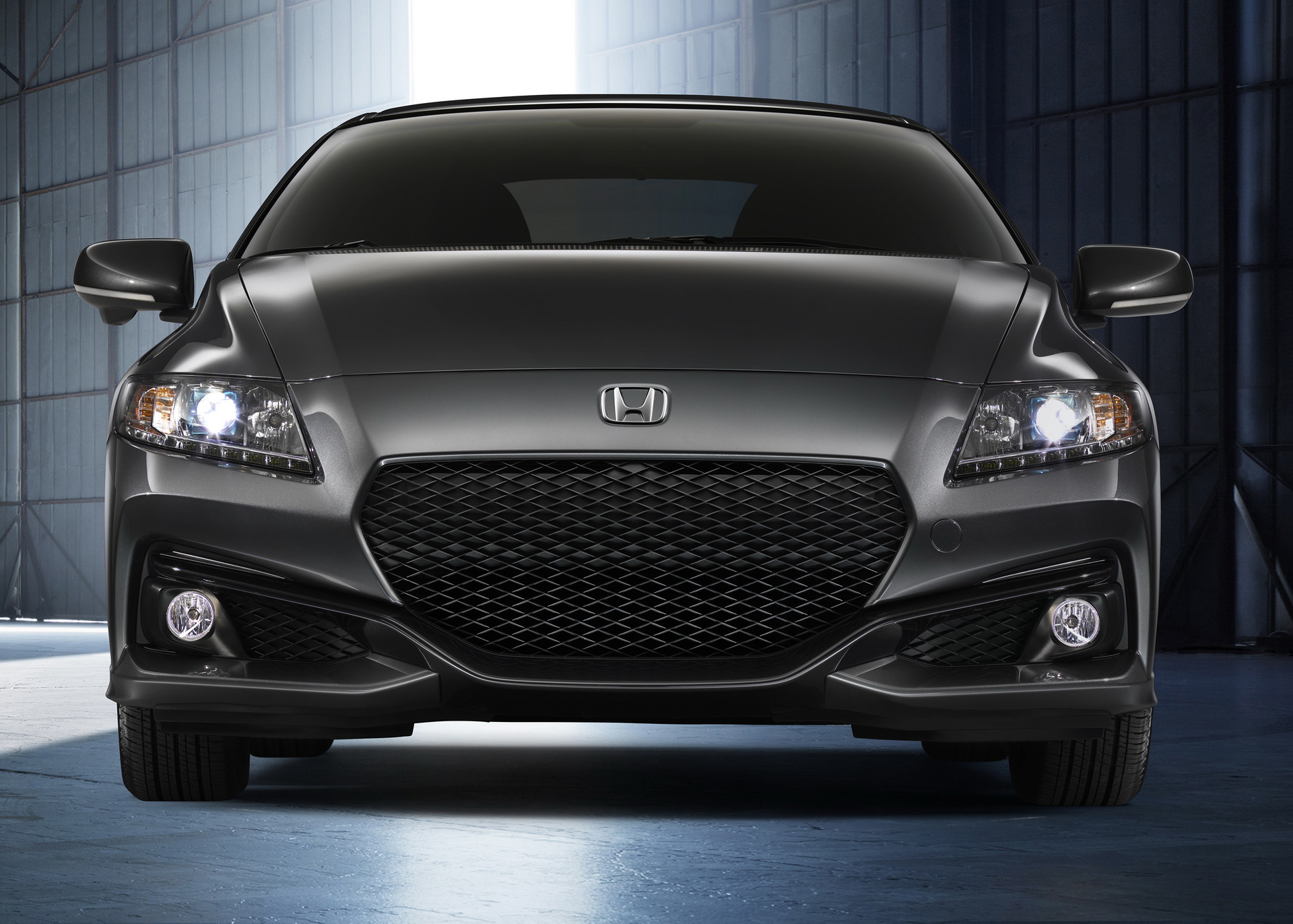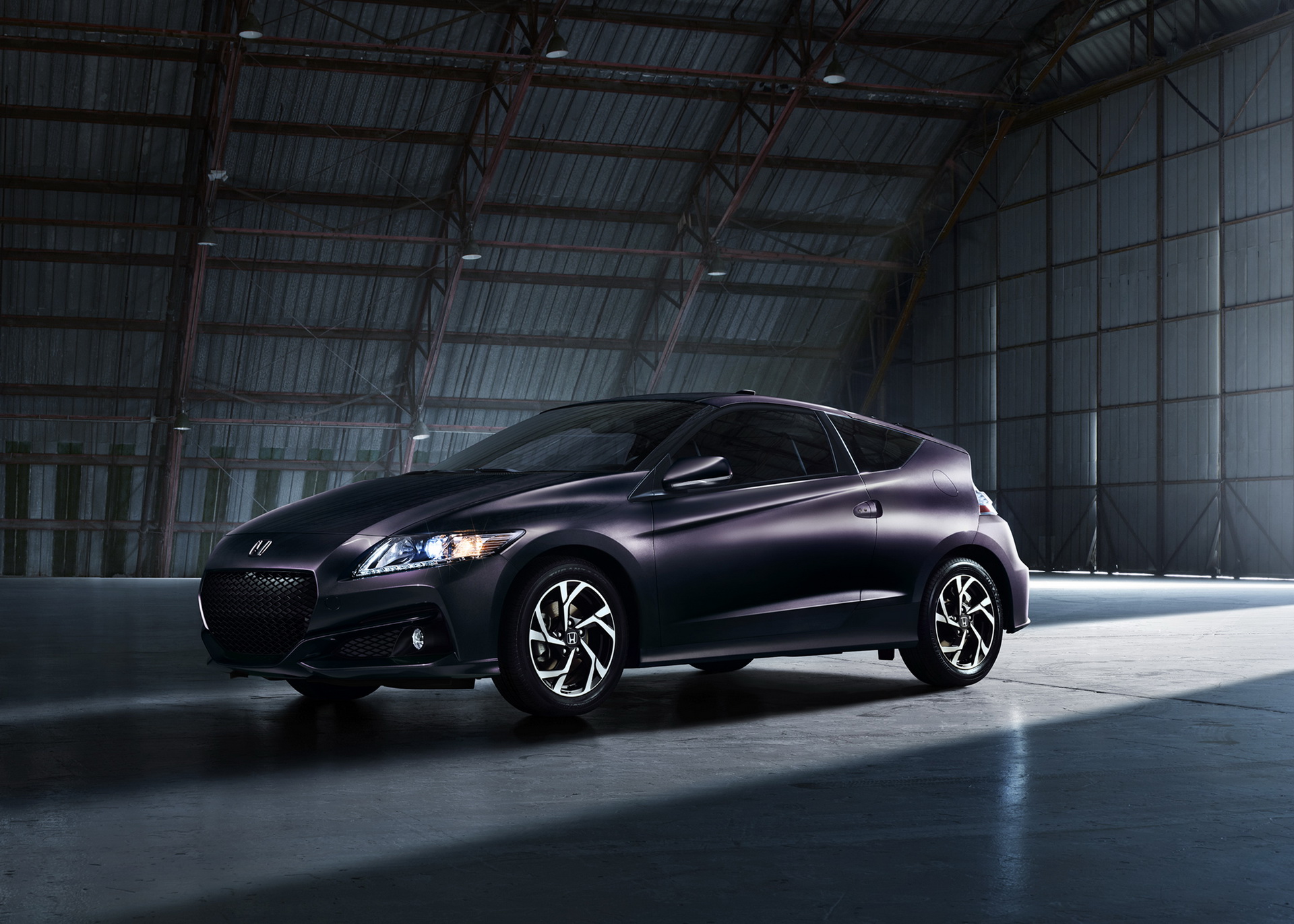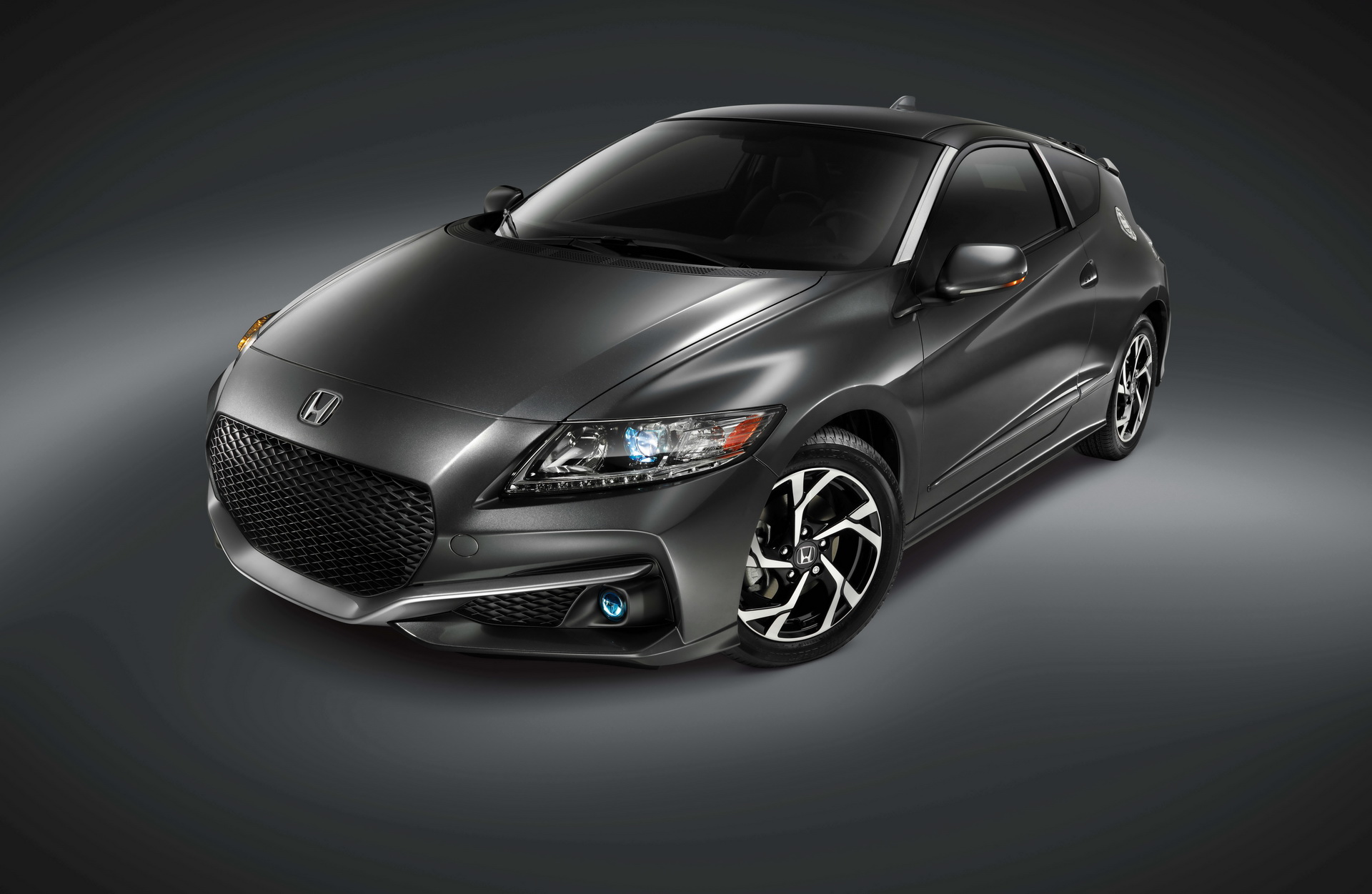Honda pulled the plug on the CR-Z in 2016 after six unsuccessful years in the market, but the quirky hatchback might make a return.
That’s because the Japanese automaker has filed a trademark application for the CR-Zwith the United States Patent and Trademark Office (USPTO).
Discovered by MotorTrend, it was filed on July 29 and has been accepted, though it has yet to be assigned to an examiner. According to the listing, the nameplate can be used for “automobile structural parts”, and while we would like to see a new CR-Z in Honda’s lineup, which has suffered deeply recently, as in the process of maximizing profits they have dropped the Civic Coupe, Fit and manual Accord, this might not be the Japanese automaker’s plan.
Watch Also: What Is It Like To Drive The 2020 Honda E Electric Supermini?
Sure, a modern-day CR-Z could further boost Honda’s sales, either with a gasoline-electric or battery-electric powertrain in a two-door coupe or hatchback body style, which is what we’re hoping they’ll do. On the other hand, they could be looking to secure the moniker and simply sit on it just to prevent the competition from using it.
According to CarSalesBase, 2011 was the CR-Z’s best year in the United States, when 11,330 units were sold. Another 4,192 were shifted the following year and 4,550, 3,562 and 3,073 in 2013, 2014 and 2015 respectively, alongside 2,338, 705 and 38 in 2016, 2017 and 2018.
The CR-Z wasn’t that popular in Europe either, with 5,704, 4,385 and 2,065 shifted in 2010, 2011 and 2012 respectively, followed by 696, 301, 32 and 1 in 2013, 2014, 2015 and 2016.
Priced between $20,295 and $25,090, excluding delivery, for the entry-level LX and range-topping EX-L recpectively, the CR-Z had a 130 HP 1.5-liter gasoline engine and an electric motor, and was offered with either a six-speed manual transmission or, optionally, a CVT.




